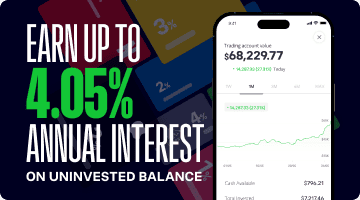When investors think about outperforming markets, they often turn to stock picking, timing cycles, or seeking the next breakout theme. Yet one of the most consistently overlooked drivers of long-term performance isn’t about what you own, it’s about how much of everything you own, and how those pieces interact. Diversification, when done with intention, is arguably the most elegant source of risk-adjusted return available to any investor.
The most seasoned portfolio architects don’t diversify for the sake of decorum; they do it because it works. The goal is not to avoid risk, but to manage it through balance. When you hold a carefully constructed mix of uncorrelated assets, equities, rates, real assets, currencies, and alternatives, you reduce the probability that a single shock can derail your entire portfolio. Proper diversification allows risk to be additive rather than concentrated. This is not a passive exercise. It requires understanding how different assets behave across macro regimes, growth, recession, inflation, policy tightening, and allocating accordingly.
Recent market behavior has only reinforced this truth. In eToro’s latest Retail Investor Beat, nearly half of retail investors globally are repositioning for a weaker US dollar. The most common move? Increasing gold exposure. This is a textbook example of intelligent hedging behavior, introducing non-correlated, real assets into portfolios that may be overly reliant on dollar-denominated equities. Others are trimming US stocks and reallocating into non-US equities and crypto, signaling an awareness that market leadership is shifting and single-region concentration is a risk.
There’s a common misperception that diversification is for the risk-averse. In reality, it’s a weapon for those who seek sustainable returns. A portfolio that’s diversified across return drivers can afford to be more aggressive within individual buckets, because the overall structure is resilient. This is the logic behind some of the most respected long-term allocation models in the world, designed to perform not just in bull markets, but through inflationary shocks, liquidity crunches, or policy missteps.
Our survey data suggests that retail investors are beginning to internalize this mindset. There’s a tangible decline in confidence toward the US as the sole engine of returns, and a rising interest in regions like Europe and emerging markets, where valuations are more attractive and policy dynamics more supportive. This geographic diversification is not just thematic, it’s structural.
The shift we’re observing, from chasing returns to managing regimes, is a sign of retail sophistication. It challenges the outdated narrative of the retail investor as reactive or uninformed. These are decisions rooted in macro thinking, portfolio construction, and risk budgeting.
As volatility persists and regime shifts become more frequent, diversification should no longer be seen as defensive. It’s a deliberate strategy for navigating uncertainty, and a key reason why today’s retail portfolios increasingly resemble those of institutional investors.
This communication is for information and education purposes only and should not be taken as investment advice, a personal recommendation, or an offer of, or solicitation to buy or sell, any financial instruments. This material has been prepared without taking into account any particular recipient’s investment objectives or financial situation and has not been prepared in accordance with the legal and regulatory requirements to promote independent research. Any references to past or future performance of a financial instrument, index or a packaged investment product are not, and should not be taken as, a reliable indicator of future results. eToro makes no representation and assumes no liability as to the accuracy or completeness of the content of this publication.






